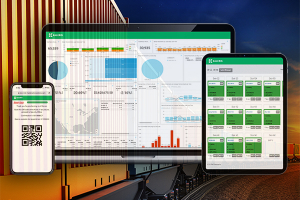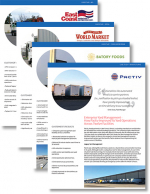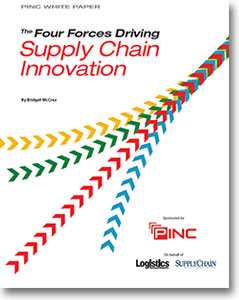The Four Forces Driving Supply Chain Innovation
When supply chain professionals discuss supply chain execution, their focus is typically put on transportation management systems and warehouse management systems, the yard management systems capability and importance is mistakenly undervalued.
American businesses spend more than $1.45 trillion annually in the transportation and logistics industry, which amounts to 8.3 percent of Gross Domestic Product - two-thirds of which involves over-the-road freight movement of approximately 500 million trailer shipments across 250,000 facilities.
Because companies still depend upon outmoded means to track and manage transportation, it is not unusual for trailer shipments to go missing temporarily or even permanently.
This coupled with the inherent inefficiencies of how trailers are handled, translate into time delays, increased labor, lost inventory and, more importantly, customer dissatisfaction.
In this paper we will look at how companies can embrace these four forces to improve collaboration, control and efficiency of supply chains:
- Customer Focus: Now more than ever, organizations must turn everything upside down to understand why they’re doing what they are doing. Ultimately, it’s all about providing value to the end customer and aligning organizational resources accordingly.
- The Internet of Things: Much like the use of motion and smoke detectors in the context of home security, how can you leverage sensor technology to accurately locate, track and measure the movement of inventory?
- Execution: Companies understand that the path to greater efficiencies and predictable quality of service is to have their supply chain processes standardized, consistently executed, and continuously analyzed for improvement. This is all about specialization, repetition, automation, replication, and analysis. Today most approach this problem with their continuous improvement teams analyzing problems with time and motion studies. Is there a better approach?
- Convergence: There still exist masses of paper trails and manual processes in the supply chain. How do you replace this paper trail with systems that are integrated into your logistics information system grid so you and your partners are on the same page.
What’s Related




Favorites





